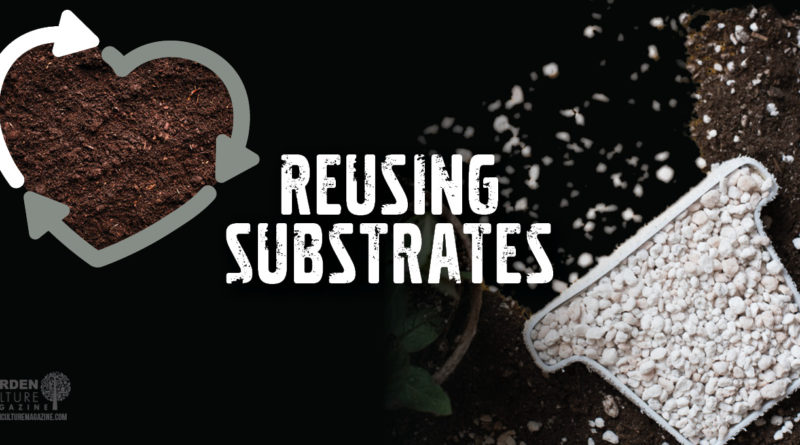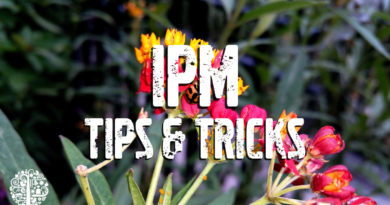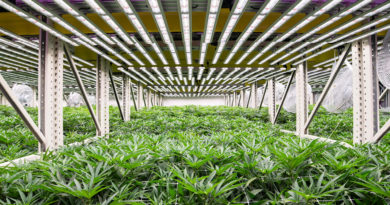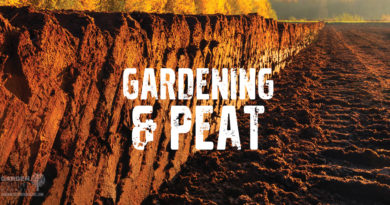The Dos and Donts of Reusing Substrates
Have you ever considered reusing substrates? It’s a practice that few people follow but one that can save money, time, energy and even improve the quality of the next grow cycle. When everything we do adds to the pressure on our ecosystem, reusing substrates also has incredible environmental benefits. It’s a win-win, except for the people selling you the substrates; sorry!
Considerations
When reusing substrates, there’s one crucial rule: never do it if you’ve had any root problems, such as Botrytis, powdery mildew, root rot (Pythium), or any pests whatsoever. Instead, if dealing with any of the above, clean the room, disinfect the static equipment, and get fresh substrate for the next cycle.
Reusing substrates is beneficial thanks to the natural conditioning process it has gone through. The perks will be most noticeable when using the cheaper substrates that don’t get as much pre-treatment as more expensive ones. It’s possible to reuse a growing media several times before it’s time to buy fresh and start again. Whether you use soil, coco, or other inert media will dictate what you need to do before starting a new cycle.
Soil
Soil is a substrate that consists of various peat products, perlite, natural humus, and some organic fertilizers. The high peat content in potting mixes means reusing soil is easy to do and will yield excellent results even after two or three growing cycles.
Using soil more than three times is possible if you continue to nourish it and it is pest and disease-free. Running enzymes through the media to clean tiny root hairs and waste organic material is also recommended. However, I have not done this personally and have yet to hear people continuously reusing soil with excellent results.

A significant benefit to reusing soil is the reduced environmental impact it has on the harvesting of peat. Peat is the accumulation of decaying vegetative matter over thousands of years. Primarily found in bogs, it is the most efficient carbon sink on the planet. As a result, peat products will be banned in the UK and other countries by 2024. However, if you love peat-based soils, you don’t need to worry, as viable alternatives are being trialed in commercial nurseries. Within the next few years, we will likely have excellent alternatives to peat that I’m sure will also be reusable.
Coco
Coco, a waste material from coconut, is a fantastic resource for gardeners. It is better for the environment, creates incomes for lower economically-developed countries, and produces higher-yielding plants than soil. You can also reuse it with added benefits!
Cheap coco products may contain unwanted excess salts such as sodium. The less expensive options have not been ‘buffered’ to prevent the coco from holding onto crucial plant elements like calcium. If you don’t treat cheap coco, calcium deficiencies are possible, as are lockouts from micro or trace elements due to the excess salts in the product.
However, when reusing cheap coco, it will have already gone through a natural buffering and rinsing process in a growing cycle. Therefore, it’s possible to achieve better results the second time around with coco!
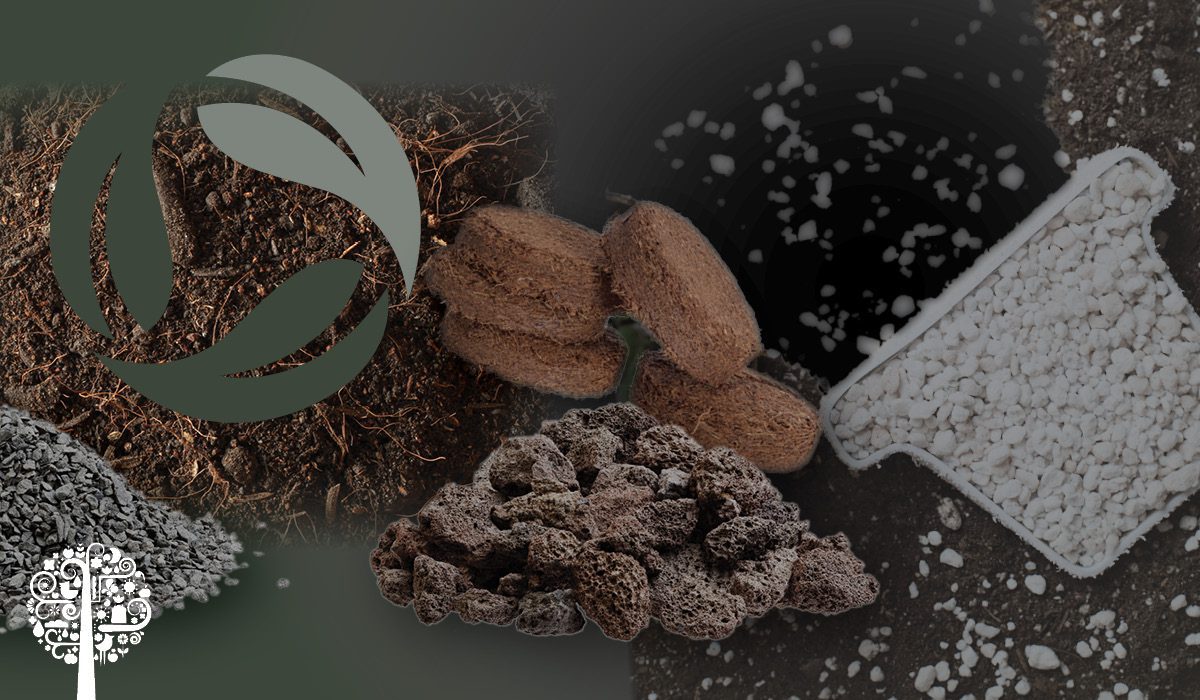
Better quality coco products are already washed and buffered for great results the first time they are used. You can reuse premium coco several times with favorable results. Still, as with any substrate that is being reused, it is good practice to run an enzyme solution through it to break down organic material.
Lastly, coco can become compressed if you have been overzealous with your watering regimes. If this is you (naughty), then you need to get involved with the coco and break up the large clumps that form to create air pockets for your second and third cycles.
Pebbles
Reusing pebbles over again is a no-brainer, as long as you haven’t had any diseases such as Pythium and powdery mildew. If you don’t want to buy new pebbles and you’ve had a disease such as Pythium, sterilize the pebbles by soaking them in a 3% hydrogen peroxide solution for 24 hours.
Do It!
There are many reasons reusing substrates is a great idea, from saving money, time, and transport to being more energy-efficient. Without being dramatic, you’re also saving the world. Well done! Just be sure to follow the above guidelines before embarking on this eco-friendly adventure.

